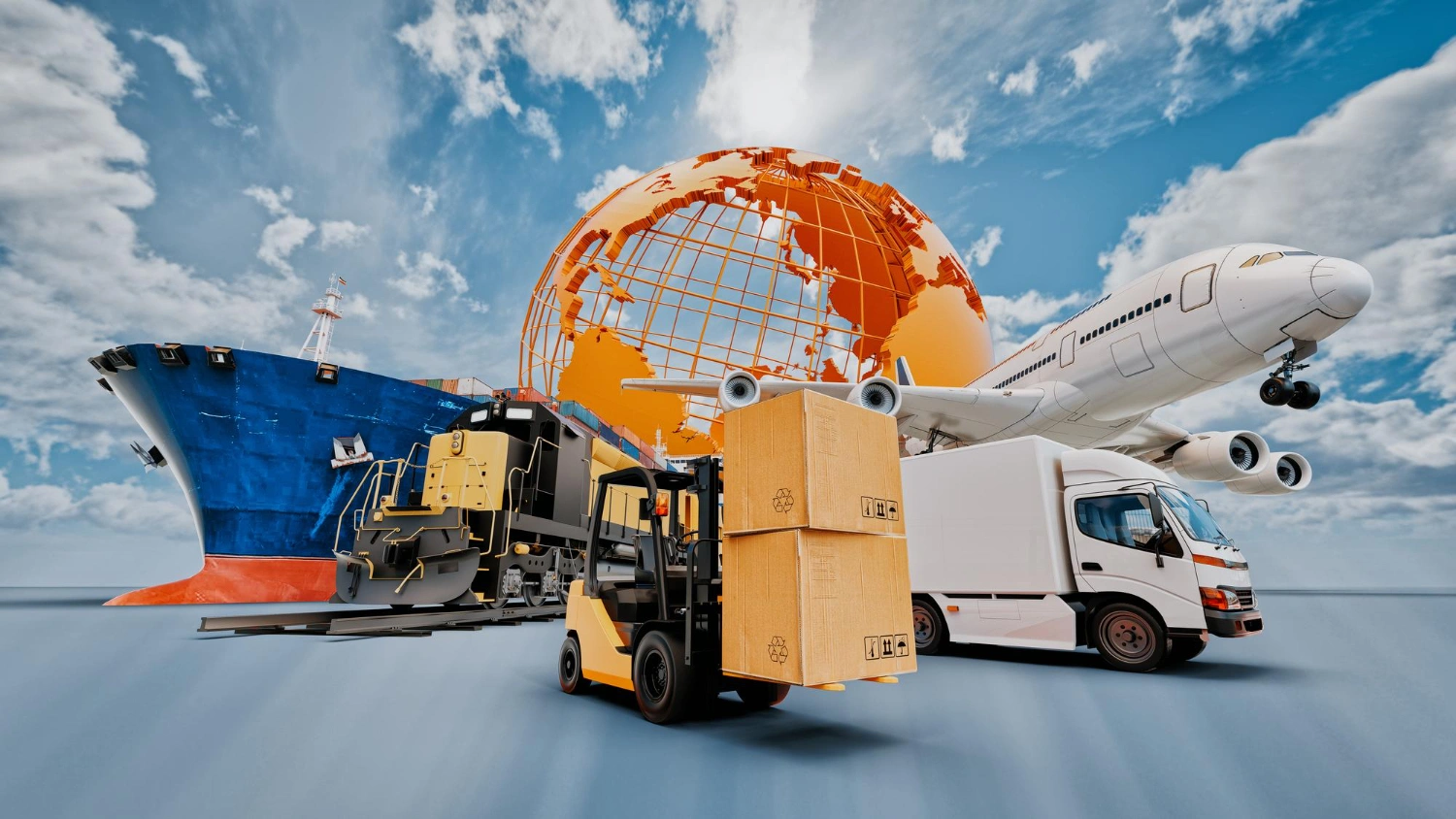Global trade is constantly being shaped by geopolitical events, economic fluctuations, and technological innovations. To make the right international transportation decisions in 2025, it is critical to know the main trends and price forecasts affecting the freight market.
Drawing upon our extensive global network and deep industry analysis, PANGEA has summarized the most significant developments and freight expectations for Sea, Air, and Road transportation in 2025.
Introduction: Key Dynamics Shaping 2025
The year 2025 will progress around the axes of resilience and sustainability in supply chains. The biggest pressures on freight rates will be: the trajectory of global inflation, fluctuations in energy costs, and the European Union's (EU) carbon footprint regulations (ETS).
1. Seafreight: Capacity Management and the Sustainability Push
While seafreight continues to be the backbone of global trade, the freight market will be seeking balance.
- Trend: Major carriers will increasingly resort to strategies like slow steaming (reducing vessel speed) and blank sailings (canceling voyages) to manage oversupply and maintain rates. Sustainability requirements will increase the pressure to switch to lower-carbon fuels.
- 2025 Freight Forecast: Potential congestion in canal passages and geopolitical risks (especially Suez and Panama) may cause sudden spikes in spot rates. However, in long-term contracts, a more stable, even slightly decreasing trend is expected compared to 2024, due to increasing vessel deliveries. Carriers will be keen to secure long-term agreements.
- PANGEA Solution: Thanks to our strong agreements, we offer guaranteed container space and competitive, stable rates even during peak demand periods.
2. Airfreight: Domination by E-commerce and High-Value Cargo
In air cargo, limited capacity and high demand will continue to dictate the price trajectory.
- Trend: Air cargo demand will continue to grow, driven by the expansion of e-commerce, especially in the Fast-Moving Consumer Goods (FMCG), pharmaceutical, and technology sectors. While the recovery in passenger traffic increases "belly" (cargo) capacity, specialization in specialized cargo (Pharma, Cold Chain) will become more critical.
- 2025 Freight Forecast: With the expected moderate decline in global inflation and the normalization of passenger flights, rates may ease slightly. However, since operational costs (fuel and labor) remain high, freight levels will stay within a higher band compared to the pre-pandemic era.
- PANGEA Solution: For your critical and time-sensitive cargo, we provide priority space guarantees and customized charter solutions through our global airline partners.
3. Road Freight: The Impact of Digitalization and Green Transition
The biggest change in road transport will be driven by digitalization and sustainability mandates.
- Trend: Digitalization—including route optimization, vehicle tracking systems, and AI-supported planning—will increase efficiency. However, the integration of the EU's Emissions Trading System (ETS) into road transport will push costs upward, especially on long-haul international routes. The driver shortage also continues to be a major challenge.
- 2025 Freight Forecast: Road freight rates to EU countries will remain under upward pressure due to the impact of ETS costs and fuel expenses. However, companies that turn to efficient fleet management and Intermodal (Combined Transport) solutions will gain a cost advantage.
- PANGEA Solution: We proactively offer our clients the most efficient, low-carbon routes and Intermodal solutions that combine rail/sea with road when necessary.
Conclusion
2025 will be a year where companies that prioritize not only cost but also speed, reliability, and sustainability in international transportation will stand out. At PANGEA, by closely monitoring all these trends and providing our integrated logistics solutions, we ensure our partners are prepared for all uncertainties in the global market.


 Blog
Blog 